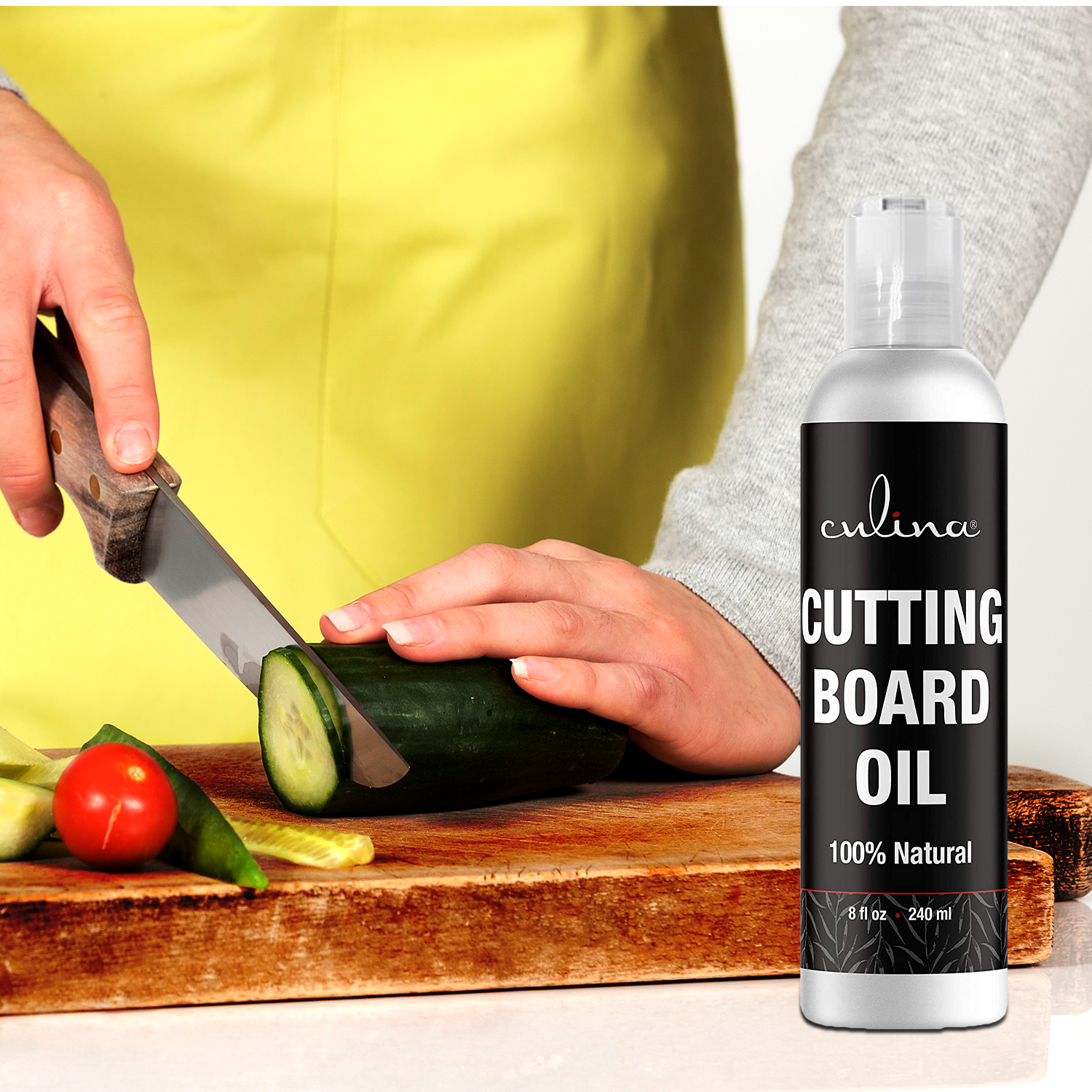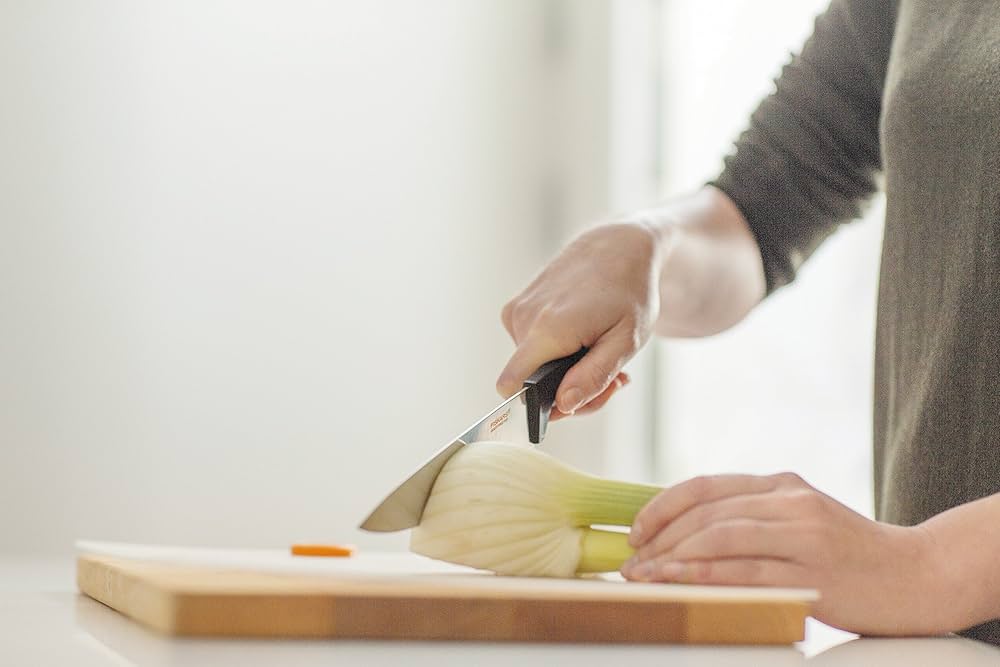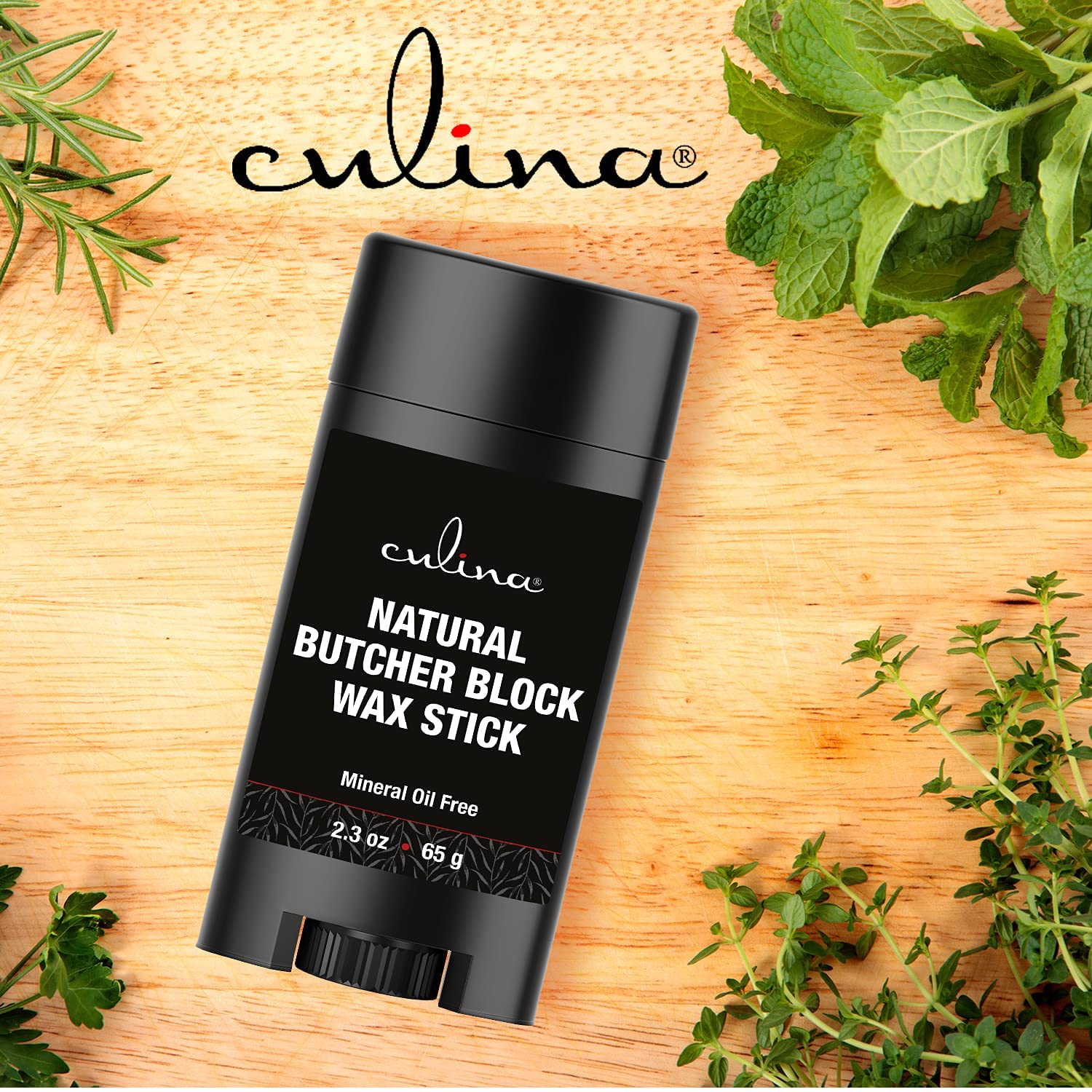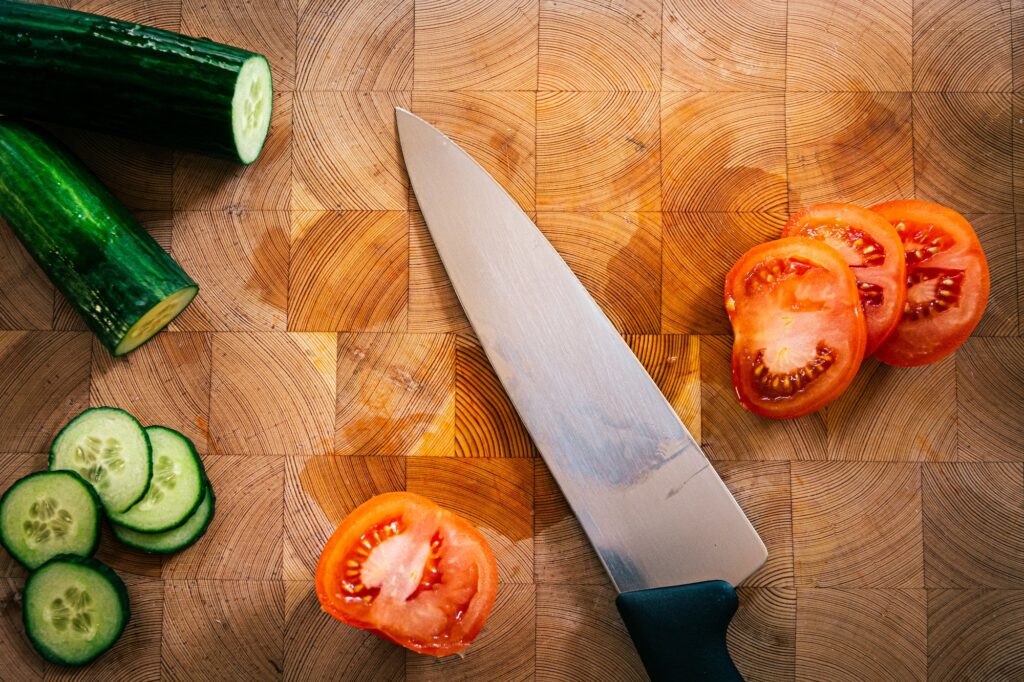Wood cutting boards are fantastic kitchen tools. They look lovely, are gentle on knives, and are durable when properly cared for. But many find themselves asking, how to wash wood cutting boards? Following proper care techniques is essential to maintaining these indispensable kitchen items.
Learning how to wash wood cutting boards isnt just necessary; its simpler than you may think. With these tremendous tips for cleaning, your kitchen will be a source of delight and efficiency.

Why Proper Cleaning and Maintenance Matter
Understanding why cleaning your wood cutting board is crucial cant be overstated. Wooden boards can harbor bacteria if not appropriately washed. This could lead to cross-contamination, affecting your foods safety.
Moreover, improper cleaning methods can damage the wood, causing it to warp or crack over time. Thus, its essential to know the dos and don’ts when maintaining your board.

Materials Needed for Cleaning
Before diving into the cleaning process, gather the necessary materials:
- Mild dish soap
- Warm water
- Soft sponge or cloth
- White vinegar
- Lemon
- Coarse salt
- Food-grade mineral oil
Choosing the Right Soap
Its vital to choose a mild dish soap for cleaning. Avoid harsh chemicals as they can damage the wood and be unsafe for food contact surfaces.
Using Safe Tools
Reach for a soft sponge or cloth when cleaning. Hard scrubbing tools can scratch the woods surface, making it prone to damage and more susceptible to bacteria.

How to Clean Your Wood Cutting Board
Daily Cleaning
Daily cleaning of your cutting board should be quick and effective:
- Rinse the board with warm water.
- Apply a small amount of mild dish soap on a soft sponge or cloth.
- Gently scrub the boards surface, ensuring all food particles are removed.
- Rinse thoroughly with warm water to remove all soap residues.
- Dry immediately with a clean towel to prevent water absorption.
Deep Cleaning
In addition to daily cleaning, periodically deep cleaning your board is beneficial. Heres how:
- Sprinkle coarse salt or baking soda generously on the board.
- Use half a lemon to scrub the board in a circular motion. This natural method helps sanitize and remove lingering odors or bacteria.
- Rinse thoroughly with warm water.
- Dry immediately with a clean towel.
Sanitizing the Cutting Board
Besides regular washing, it is vital to sanitize your wood cutting board to prevent bacterial build-up:
- Mix one part white vinegar with four parts water in a spray bottle.
- Spray the solution generously over the board’s surface.
- Allow the solution to sit for a few minutes.
- Wipe the board with a clean, damp cloth followed by a dry towel.
Removing Stains and Odors
Wood cutting boards might sometimes get stained or retain odors from potent foods like onions or garlic. Here are ways to tackle these issues:
For Stains:
Make a paste of baking soda and water. Apply it to the stained area and scrub gently using a soft sponge. Rinse and dry thoroughly.
For Odors:
Rub a lemon half across the boards surface. This helps neutralize strong odors naturally. Rinse afterward and dry the board.
Oiling to Maintain the Board
Oiling your wood cutting board keeps it hydrated, preventing the wood from drying out and cracking:
- Ensure the board is clean and dry.
- Apply a generous amount of food-grade mineral oil to a clean cloth.
- Rub the oil into the wood using the cloth.
- Allow the oil to soak in overnight.
- Wipe off any excess oil with a clean cloth before using the board.
Storing Your Wood Cutting Board
Proper storage is crucial to extend the life of your wood cutting board:
Keep it Dry
Avoid storing your board in damp or humid places as this can cause the wood to warp or mold.
Upright Storage
Store your board upright to allow air circulation around it, ensuring it stays dry between uses.
When to Replace Your Cutting Board
Despite proper maintenance, wooden cutting boards will eventually need replacing.
Signs Its Time to Replace:
- Deep cuts and grooves.
- Persistent odors or stains that cant be removed.
- Warping or cracks that alter the boards surface.
Frequently Asked Questions
How Often Should I Oil My Wood Cutting Board?
Oil your wood cutting board regularly. Aiming for once a month should keep the wood in excellent condition.
Can I Use Bleach to Clean My Wood Cutting Board?
Its best to avoid using bleach on wooden cutting boards. Bleach can damage the wood and cause it to dry out.
Whats the Best Way to Sanitize a Wood Cutting Board?
White vinegar is an excellent and safe disinfectant. A mixture of vinegar and water works wonders.
Conclusion
Knowing how to wash wood cutting board is essential for maintaining a clean, safe, and durable kitchen tool. By following these steps, you ensure that your cutting board remains a trusty kitchen companion for years to come.
Additional Resources
For further tips on maintaining your kitchen tools, check out these articles: Boneless Pork Ribs, Chicken Shish Kabobs, and Cooking Shrimp.
For further reading on preventing cross-contamination, read more here.
As an Amazon Associate, I earn from qualifying purchases.


